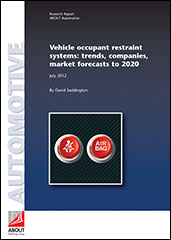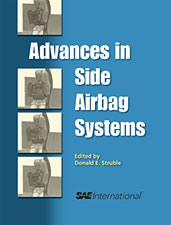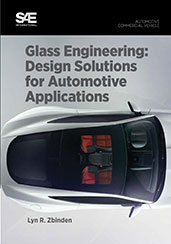Book

Vehicle Occupant Restraint Systems: Trends, Companies, Market Forecasts to 2020
2012-07-01
With an ever greater value placed on safety by consumers, vehicle manufacturers around the world are rushing to develop new and innovative safety systems. The average safety content per vehicle has risen 17% since 2004 to around $270 per car in 2012. And this figure is set to grow, both in the established markets of North America, Western Europe and Japan, as well as the developing markets such as China and Brazil. But although the prospects look good for the major suppliers of conventional and advanced occupant safety systems, increasing unit growth will be partly offset by strong pricing pressure from vehicle manufacturers. Brand new research on automotive vehicle occupant restraint systems The 2012 edition of this report reviews the key market drivers for vehicle occupant restraint systems, extending and updating the analysis originally published in 2004, as well as reviewing the trends in the intervening eight years.






